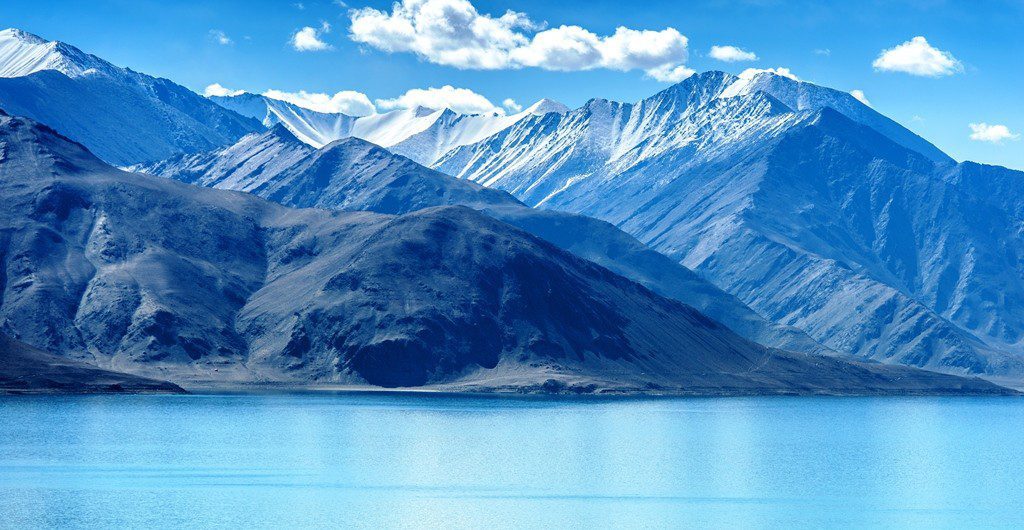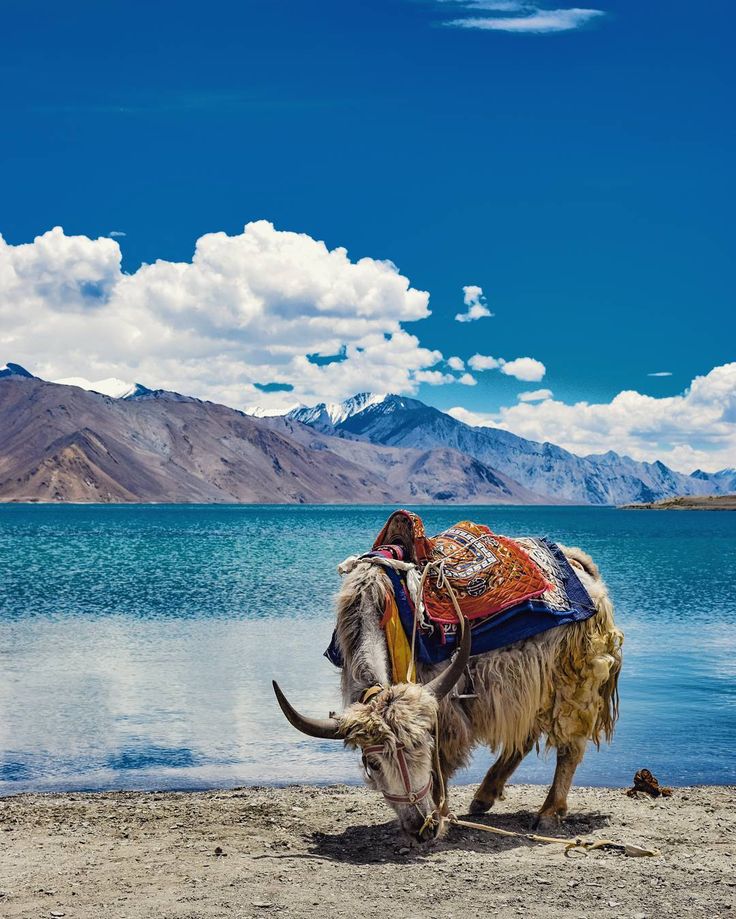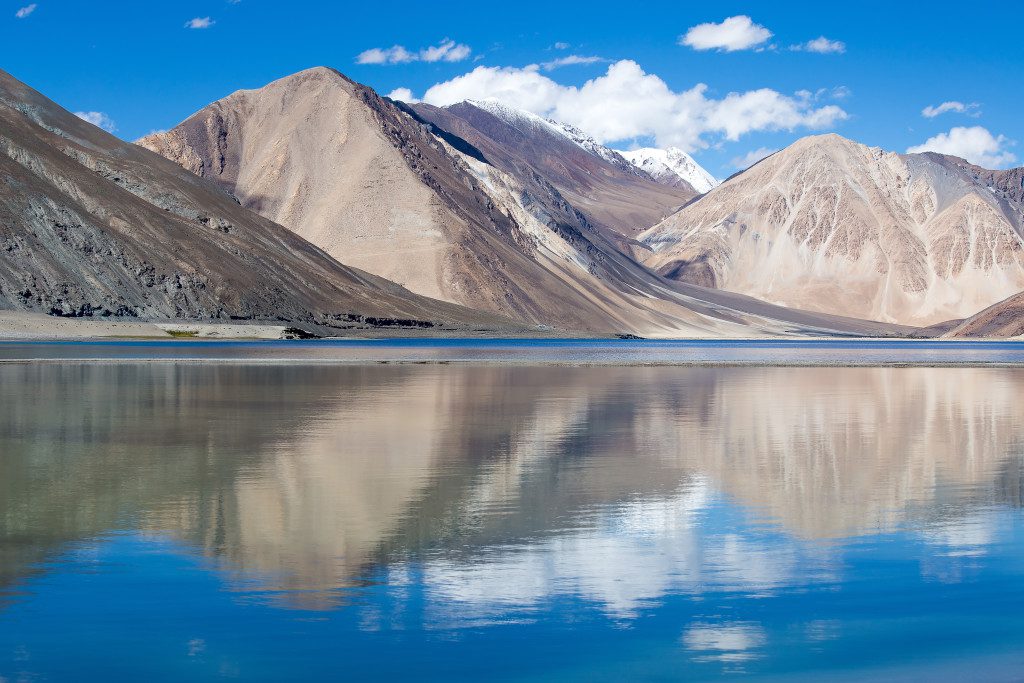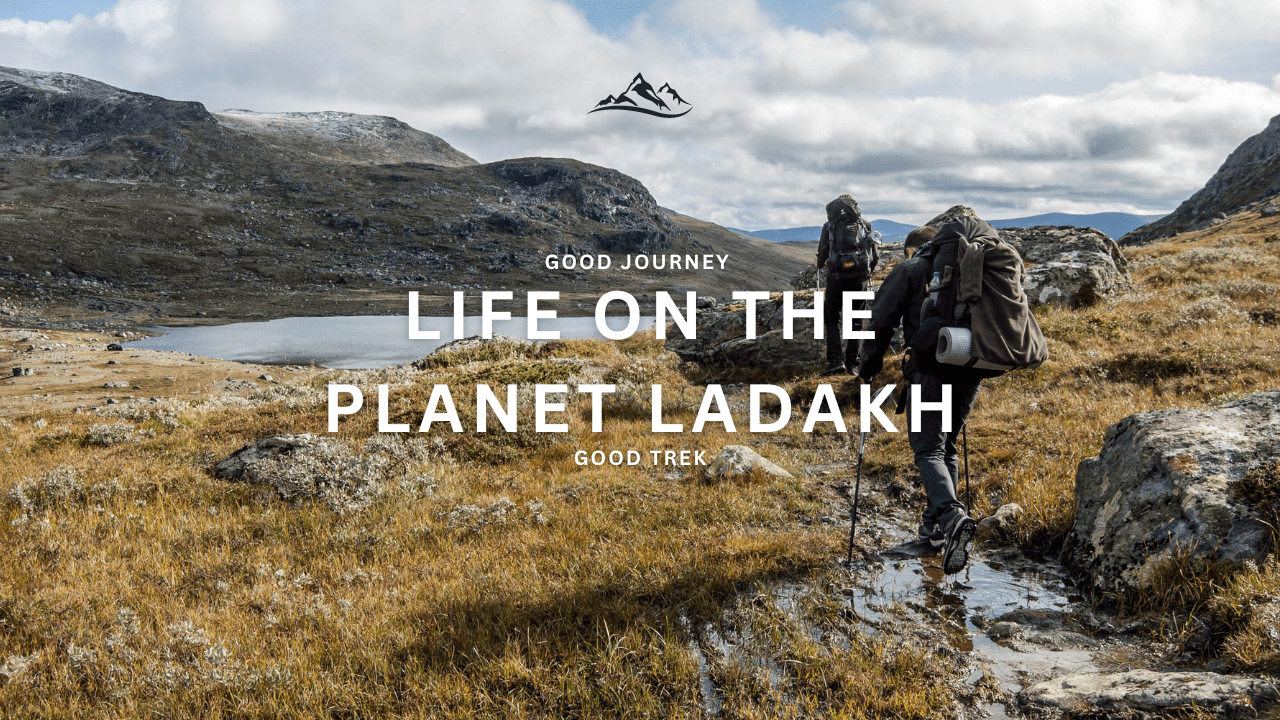The enchanting blue waters of Pangong Lake, cradled amidst the mighty Himalayas, offer one of the most breathtaking trekking experiences in India. If you’re a trekking enthusiast craving an offbeat adventure, this trek should be high on your bucket list. Nestled in the remote region of Ladakh, the journey to Pangong Tso (as it’s locally known) offers not only unparalleled scenic beauty but also an immersion into the cultural richness of Ladakh’s high-altitude communities.
In this blog post, we’ll dive into everything you need to know about trekking to Pangong Lake—from the best time to go, what to expect along the route, and essential preparation tips. If you’re ready to experience Ladakh’s iconic blue waters firsthand, read on!
Introduction to Pangong Lake and Its Allure for Trekkers
Pangong Lake is more than just a scenic spot; it’s an adventure that calls out to trekkers from around the world. Situated at a whopping 4,350 meters (14,270 feet) above sea level, this stunning waterbody stretches over 134 kilometers, with its azure blue waters running from India to China. The lake’s surreal color and its remote location make it a dream destination for adventure lovers seeking an experience beyond the typical tourist trails.
“The moment I reached Pangong Lake, I was in awe. The stillness of the blue waters against the towering mountains was a sight I’ll never forget. I had trekked for days, and every step was worth it.” — Arjun Desai, India, Software Developer
Why Trek to Pangong Lake?
For trekkers, the Pangong Lake trek offers an unparalleled experience of serenity and adventure. Unlike other treks in the Himalayas, this route is relatively less explored, allowing trekkers to enjoy a peaceful yet challenging expedition. The trekking routes from Leh to Pangong Lake are filled with breathtaking scenery—rugged landscapes, snow-capped peaks, and isolated villages that offer a glimpse into the region’s unique culture.
Trekkers are drawn not only to the destination itself but to the entire journey leading to Pangong Tso. It is an immersive experience that allows one to disconnect from the modern world and reconnect with nature, all while trekking through one of the most remote and beautiful parts of India.

Best Time for Trekking to Pangong Lake
Ideal Seasons for the Pangong Lake Trek
The best time to embark on this trek is during the summer months, between May and September, when the weather is more hospitable, and the roads leading to Leh are open. During these months, the snow has melted, making the trekking routes accessible and relatively safe.
In winter (October to April), Ladakh experiences extreme cold, with temperatures plunging well below freezing. Pangong Lake often freezes during these months, making the trek more challenging and, in some cases, inaccessible.
Weather and Climate Conditions on the Trek
Ladakh’s weather is notorious for being unpredictable. Even in summer, you can experience fluctuating temperatures, especially as you gain altitude. During the day, temperatures can range between 15°C to 25°C (59°F to 77°F), while nighttime temperatures drop drastically to 5°C to 10°C (41°F to 50°F). Trekkers must be prepared for the cold, particularly in the evenings.
How to Reach Pangong Lake for Trekking
Leh to Pangong Lake: Travel and Trekking Routes
The most common way to begin your Pangong Lake trek is from Leh, the capital of Ladakh. Leh serves as the primary gateway to many trekking routes in the region, including Pangong Lake. The trek can take anywhere from 5 to 7 days, depending on the route and your pace.
The trek involves walking through rugged terrains, crossing mountain passes, and camping under the stars. One popular route is via Merak, a small village near Pangong Lake, where trekkers can rest before continuing their journey to the lake.
Transportation Options to Start the Trek
To reach the starting point of the trek, you can hire shared taxis or jeeps from Leh. Some trekkers also prefer to drive to Pangong Lake, stop at a nearby point, and then trek from there. However, for a more immersive experience, it’s recommended to complete the journey on foot.

Preparing for the Pangong Lake Trek
Physical Fitness and Acclimatization
Trekking to Pangong Lake requires a moderate level of fitness, especially because of the high altitude. Leh itself is located at 3,500 meters (11,500 feet), and Pangong Lake is even higher. It’s essential to spend a few days in Leh acclimatizing before starting the trek to prevent altitude sickness.
If you’re new to high-altitude trekking, consider including some cardio and strength training in your pre-trek preparation. Focus on building endurance since you’ll be trekking for several hours each day.
Essential Gear and Packing Tips
Packing the right gear is crucial for a successful trek to Pangong Lake. Here’s a checklist of essentials:
| Item | Why It’s Needed |
|---|---|
| Sturdy trekking boots | Protects feet from rough terrain |
| Warm clothing | Essential for cold nights and early mornings |
| Sleeping bag | High-altitude treks get cold, even in summer |
| Trekking poles | Help with stability on uneven ground |
| Sunglasses and sunscreen | Protection from the sun at high altitude |
| Water bottles | Stay hydrated to avoid altitude sickness |
Having the right gear ensures you’re prepared for whatever the journey throws your way.
Trekking Experience: What to Expect on the Journey
Trekking Route Overview
The Pangong Lake trek involves walking across a varied landscape—barren hills, riverbeds, and small villages. One of the most scenic parts of the journey is crossing the Chang La Pass, one of the highest motorable passes in the world. As you approach the lake, the terrain opens up, revealing Pangong Tso’s iconic blue waters.
On average, trekkers cover about 10 to 12 kilometers per day. The route may also involve some steep climbs, but the spectacular views of Ladakh’s snow-capped mountains make every step worthwhile.
Wildlife and Scenic Beauty Along the Trek
Ladakh is home to unique wildlife, including blue sheep, Himalayan marmots, and rare species of birds like the black-necked crane, which is often spotted near Pangong Lake. The trek also offers panoramic views of towering peaks, vast stretches of barren landscapes, and river valleys.
Camping and Accommodation Near Pangong Lake
Campsites Around Pangong Lake
While trekking to Pangong Lake, camping under the stars is a must. There are several campsites available near the lake, providing basic facilities like tents, sleeping bags, and meals. Some popular campsites are located near the villages of Spangmik and Lukung, which offer stunning views of the lake and surrounding mountains.
Alternative Accommodation Options for Trekkers
For those who prefer more comfortable options, there are eco-camps and homestays in nearby villages. These accommodations offer a warm place to sleep and a chance to interact with the local community, learning about Ladakhi culture and traditions.
“Staying in a tent by Pangong Lake was surreal. I woke up to the sight of the sun rising over the blue waters. The serenity of the place is unbeatable.” — Marie Schmidt, Germany, Travel Blogger
Safety Tips for Trekking to Pangong Lake
Managing High-Altitude Sickness and Health Risks
Altitude sickness is a common issue for trekkers in Ladakh. To minimize the risk, it’s crucial to acclimatize in Leh for at least 2-3 days before starting your trek. Drink plenty of water, avoid alcohol, and if you feel dizzy or nauseous, descend immediately.

Emergency and Rescue Options on the Trek
While the trek is relatively safe, it’s always good to have a plan for emergencies. Make sure to carry a first-aid kit and inform your guide or travel agency of any pre-existing health conditions. Emergency rescue services are limited in this remote region, so preparation is key.
Cultural Highlights Around Pangong Lake
Interacting with Local Communities
Trekking to Pangong Lake also offers a cultural experience. Along the route, you’ll pass through small Ladakhi villages where you can interact with the locals, learn about their way of life, and enjoy their warm hospitality. The locals here are deeply connected to the land, and their Buddhist traditions are evident in the prayer flags and stupas that dot the landscape.
Frequently Asked Questions About Trekking to Pangong Lake
Is the Pangong Lake Trek Suitable for Beginners?
Yes, the Pangong Lake trek is suitable for those with a moderate fitness level. However, first-time trekkers should take time to acclimatize and follow safety protocols.
Do I Need a Permit for Trekking to Pangong Lake?
Yes, Indian and foreign nationals need permits to visit Pangong Lake due to its proximity to the India-China border. Permits can be obtained in Leh.
How Long Does It Take to Complete the Pangong Lake Trek?
On average, the trek takes 5 to 7 days, depending on the route and your pace.
What Wildlife Can Be Seen During the Pangong Lake Trek?
Trekkers may spot blue sheep, Himalayan marmots, and birds like the black-necked crane along the trek.
What Gear is Essential for the Pangong Lake Trek?
Trekkers need sturdy boots, warm clothing, trekking poles, a sleeping bag, and proper sun protection like sunscreen and sunglasses. Packing extra water is also recommended.
Conclusion: Why Trekking to Pangong Lake Should Be on Your Bucket List
 Trekking to Pangong Lake is a once-in-a-lifetime adventure, combining the beauty of Ladakh’s rugged landscapes with the tranquility of the lake’s azure blue waters. Whether you’re an experienced trekker or seeking your next big adventure, this trek offers the perfect blend of challenge, beauty, and cultural immersion.
Trekking to Pangong Lake is a once-in-a-lifetime adventure, combining the beauty of Ladakh’s rugged landscapes with the tranquility of the lake’s azure blue waters. Whether you’re an experienced trekker or seeking your next big adventure, this trek offers the perfect blend of challenge, beauty, and cultural immersion.
“The trek to Pangong Lake was challenging but absolutely rewarding. The view of the lake took my breath away.” — Sarah Williams, USA, Photographer
Q&A Section
How difficult is the Pangong Lake trek?
The trek is moderate in difficulty and is suitable for people with a reasonable level of fitness. However, due to the high altitude, it’s essential to acclimatize before starting the trek.
Can I trek to Pangong Lake without a guide?
While it’s possible to trek without a guide, it’s advisable to have one for safety and guidance, especially for first-time trekkers in Ladakh.
Are there any food provisions available during the trek?
Some campsites along the route offer basic meals, but it’s recommended to carry enough food and snacks to last the trek.
How can I prevent altitude sickness during the trek?
Spend at least 2-3 days acclimatizing in Leh, stay hydrated, avoid alcohol, and consider taking altitude sickness medication as a precaution.









